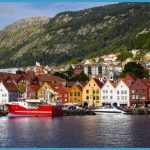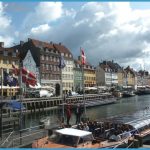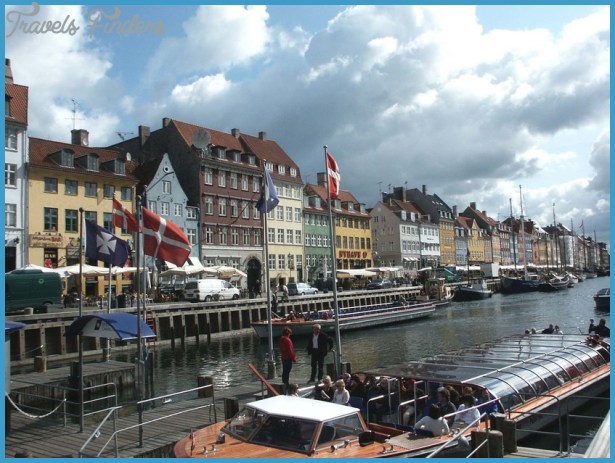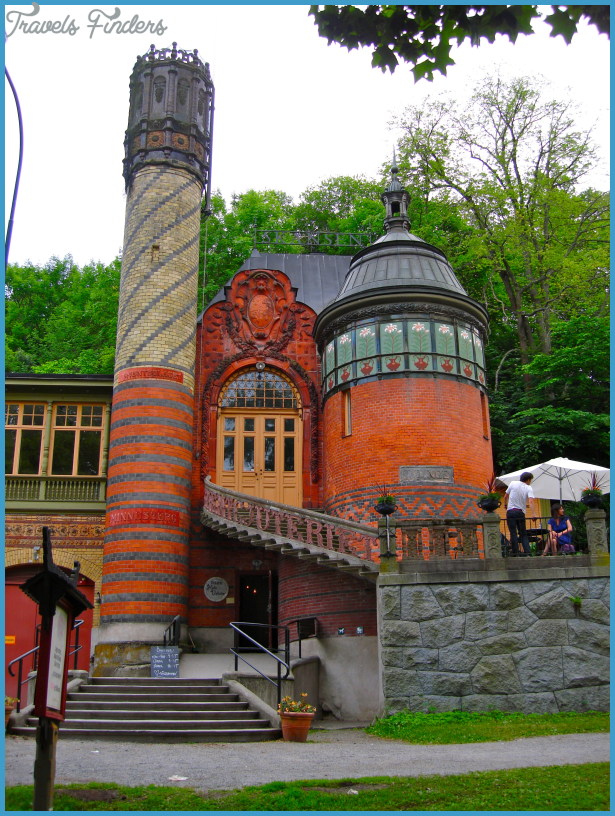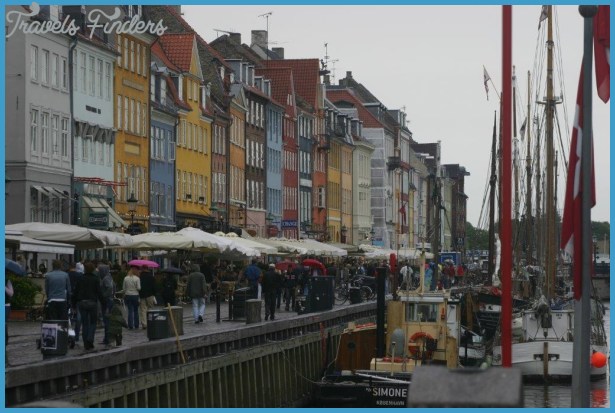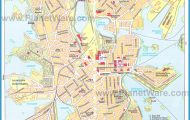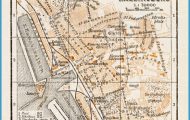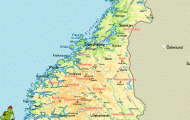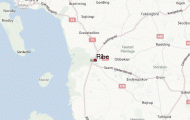English is widely spoken in the four Scandinavian countries, and English-speaking visitors are unlikely to have any language difficulties in the popular tourist areas or in hotels and travel agencies. In the remoter areas, however, particularly in central and northern Scandinavia, it is helpful to know a bit of the language of the country, extending at least to a few common words and phrases. This section can do no more than give minimum Information about each language and a brief selection of essential vocabulary. Those who want to know more of a particular language will find no shortage of good grammar books and dictionaries.
A knowledge of either Danish, Norwegian or Swedish will enable a visitor to make himself understood in any ofthe Scandinavian countries.
Danish, Swedish and Norwegian belong to the North Germanic or Scandinavian language group. Common to all three is the use of suffixes to form the definite article (Swedish kyrkan, the church), the plural (-ar, er, etc.) and the passive (Swedish jag kaiias, I am called). The characteristic Scandinavian vowels ee or a; 0 or 6 and a appear at the end of the alphabet, after z. Finnish is totally different from the otherthree languages; it belongs to the Finno-Ugrian language group, found in eastern Europe and western Siberia.
Danish, which was strongly influenced by Low German and Anglo-Saxon, is closely related to present-day written Norwegian, though Norwegian is more sonorous than Danish, which tends to swallow its words, somewhat like English.
The characteristic feature of the pronunciation of Danish is the use of the glottal stop, which occurs frequently, and not solely between vowels as in some local forms of English. The pronunciation of some letters differs from English:

